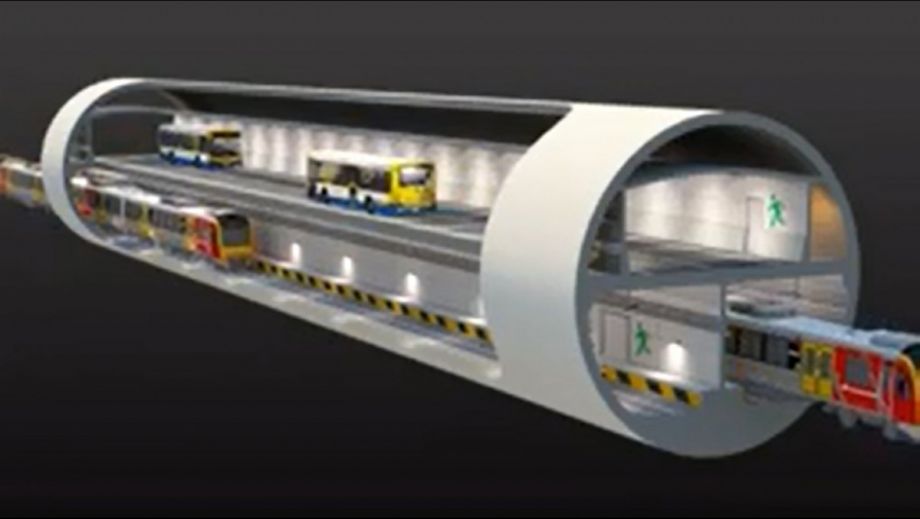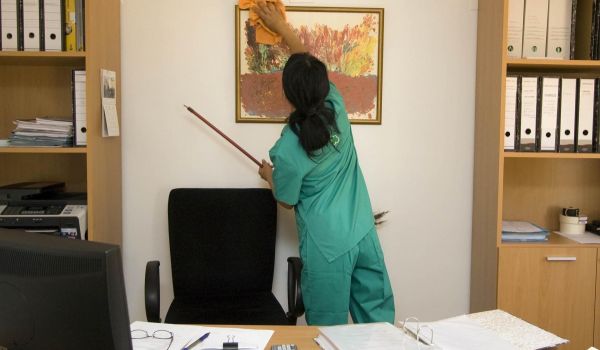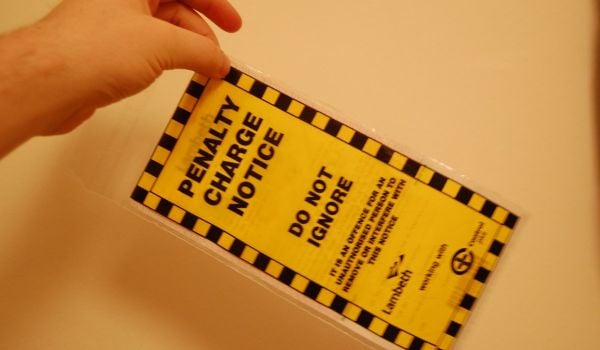Our weekly roundup of new, newsworthy transportation projects around the world.
Brisbane Plans (Half-Baked?) Double-Decker Transit Tunnel
Brisbane, Australia’s third most populous city, has announced plans to build a 5.4-kilometer, AU$5 billion underground tunnel with three stations. The massive tunnel — the largest ever bore in Australia, at 15 meters in diameter — would have two decks, with a twin-track rail line on the bottom and two bus lanes on top. The city says it will allow 48 trains per hour, an increase of 80 percent over bridges that exist now. Financing hasn’t yet been settled, but the government wants private money to contribute.
While regional rail tunnels are nothing new, the idea of putting buses underground is relatively novel and attracting criticism from at least one transit expert. Chris Hale, from the University of Melbourne’s Department of Infrastructure Engineering, told the Brisbane Times that “on any basic transport planning process you would see that bus lanes are the way to go, and high capacity rail for the main moving people path.” He continued, “One year we take away a bus lane on Coronation Drive, and the next year we say we’re going to have to build a tunnel under the river at a cost of billions of dollars, because we have a problem getting buses in and out of the city […] This is why it becomes ridiculous.”
Real BRT for Chicago
According to ITDP there is no gold-standard bus rapid transit system in the U.S., but Chicago is trying to get there first with service on Ashland Avenue. The Chicago Transit Authority released its 113-page environmental assessment of the project, and Streetsblog Chicago has a write-up. The conventional bus route on Ashland currently sees 10 million annual boardings, “more than the 8.8 million boardings on the Orange Line that year, and more than the Pink, Purple, and Yellow Lines combined.” Buses currently travel at 8.7 miles per hour and cars at 18.3, while the full BRT implementation would narrow this gap significantly, bumping average bus speeds to 15.9 miles per hour and slowing cars down to 17.4 miles per hour.
Nice and cheap tram tunnel
The authority responsible for transit in the French city of Nice has awarded a construction contract for a 3.2-kilometer underground segment of its Line 2 tramway, at a cost of just €270 million, or $365 million. By contrast, San Francisco’s Central Subway — the brainchild of uniquely San Franciscan power broker Rose Pak and often criticized as a poorly planned misallocation of scarce resources — will clock in at $1.6 billion for 2.74 kilometers of light rail tunnel.
Christie’s Pet Project Balloons in Size
Chris Christie’s pet project, a PATH extension that would give Lower Manhattan a subway ride to Newark Liberty International Airport, wasn’t a great deal when it was proposed a few years ago for $600 million, and it wasn’t much better when it was revived recently at $1 billion. Since reports of the deal orchestrated by Christie’s people first started circulating (United gets the project which would benefit its hub at Newark, while Chris Christie gets United service for Atlantic City “International” Airport), the cost estimate has apparently ballooned to $2-4 billion, turning the bad idea into a boondoggle before any official will even go on the record to talk about it. At that cost we can only assume (or at least, we’d like to assume) that it would involve an intermediate stop in the Ironbound section of Newark and allow for a true one-seat ride to the airport, with the PATH train stopping at the airport terminals without requiring a ride on the aging AirTrain monorail from the current NJ Transit commuter rail station to the airport. In any case, the proposal still seems highly questionable given to the existing NJ Transit link with Penn Station, which is infrequent and under capacity outside of rush hour, and much cheaper ways of serving Ironbound. Chris Christie has never had the best reputation on transportation, and the one transit plan that his is pushing isn’t doing anything to improve it.
Starbucks à la Suisse
A Swiss Federal Railways double-decker buffet car is getting a Starbucks makeover. “From November 21 it will be used for a nine-month trial period on two daily services from Genève and Fribourg to St Gallen, and the success of the venture will be evaluated before a decision is made on future use,” writes Railway Gazette, noting that in the 1990s, the company did something similar with a McDonald’s car. “We had to combine functionality and beautiful design, whilst taking into account a variety of factors such as constant movement of the train, space limitation and stringent safety regulations,” said a “director of concept design” for Starbucks. “This is one of the smallest espresso bars and stores we have ever designed.”
MoveDC expands and H Street streetcar crawls
The D.C. Department of Transportation has released the latest iteration of its long-term transit plan, focusing on surface transit. A planned 22-mile streetcar network would be joined by another 47 miles of either new surface rail or buses, 25 miles of which would get dedicated lanes. The rest would have to duke it out in an increasingly congested city.
Meanwhile, a vehicle ran on H Street’s streetcar tracks for the first time this week, and it took nearly an hour to travel a mere five blocks due to vehicles and people obstructing the mixed-traffic, curb-running lane. Once people get used to the streetcar it will obviously become faster, but how fast remains an open question. There are some concerns that delivery trucks will block the lanes, given that the curbside parking spots are only eight feet wide, while local businesses say their trucks can be wider than 10 feet. Expect the success (or failure) of the H Street line to affect whether the city advances on future plans.
The Works is made possible with the support of the Surdna Foundation.
Stephen J. Smith is a reporter based in New York. He has written about transportation, infrastructure and real estate for a variety of publications including New York Yimby, where he is currently an editor, Next City, City Lab and the New York Observer.







_600_350_80_s_c1.jpg)









